Network Design Report: Configuration, Implementation, and Testing
VerifiedAdded on 2019/11/14
|24
|1753
|200
Report
AI Summary
This report details the design and implementation of a network, encompassing the configuration of network devices, including routers, computers, and servers. It begins with an executive summary outlining the report's scope, which involves designing an IP address scheme, configuring routers to connect two local area networks, and setting up servers for DHCP, web services, and DNS. The report then presents the network setup, detailing device configurations with IP addresses, subnet masks, and default gateways. It includes screenshots of the configured devices and the ICL codes used for router configurations, specifically focusing on interface setup, IP addressing, and routing protocols. Task 1 covers the configuration of PCs, servers, and routers, including screenshots of the configuration process. Task 2 focuses on configuring network services, including DHCP server setup, web server configuration, DNS server configuration, and firewall implementation to block TCP traffic. The report includes ping and traceroute tests to verify network functionality and concludes with a list of references to support the information presented.
1 out of 24
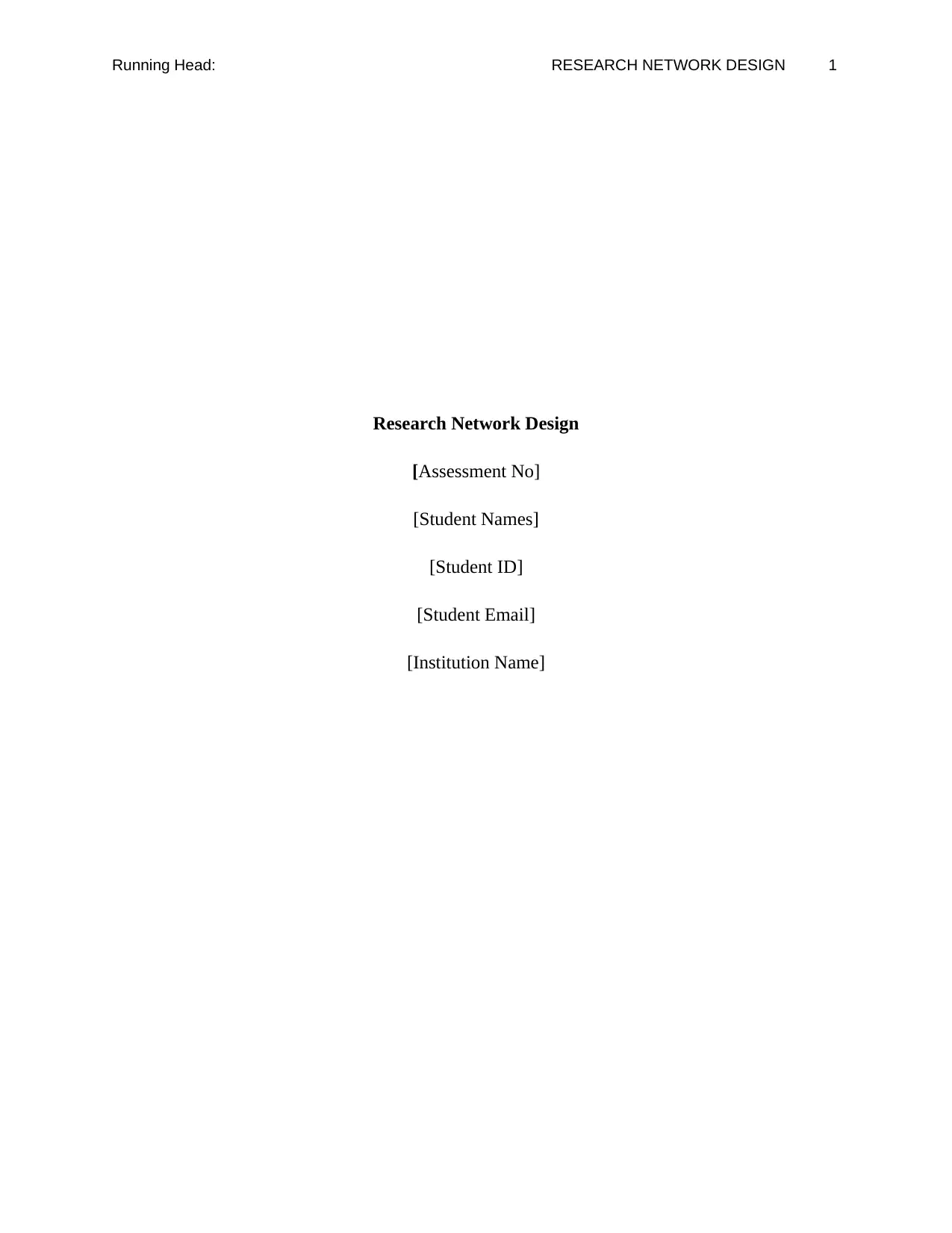
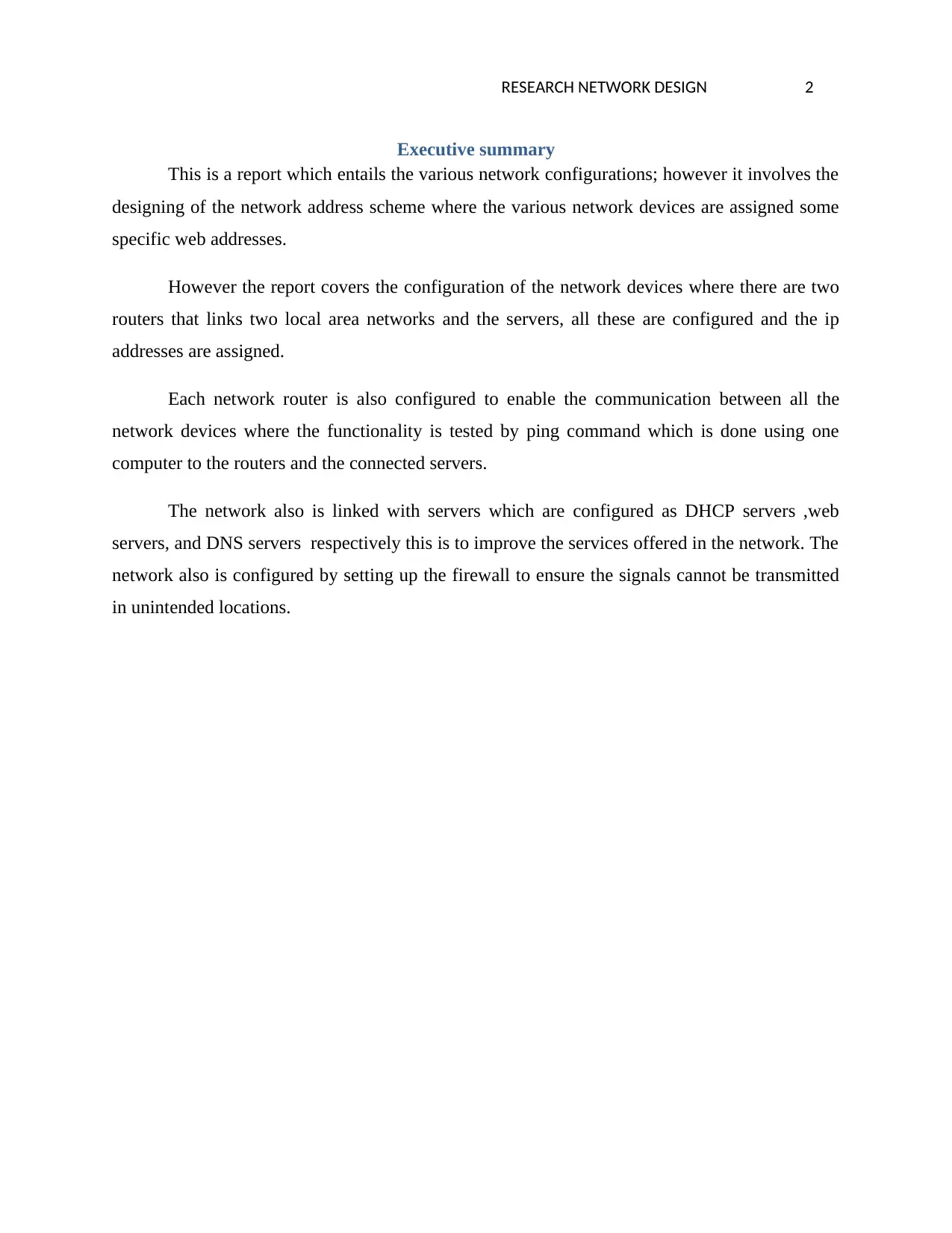
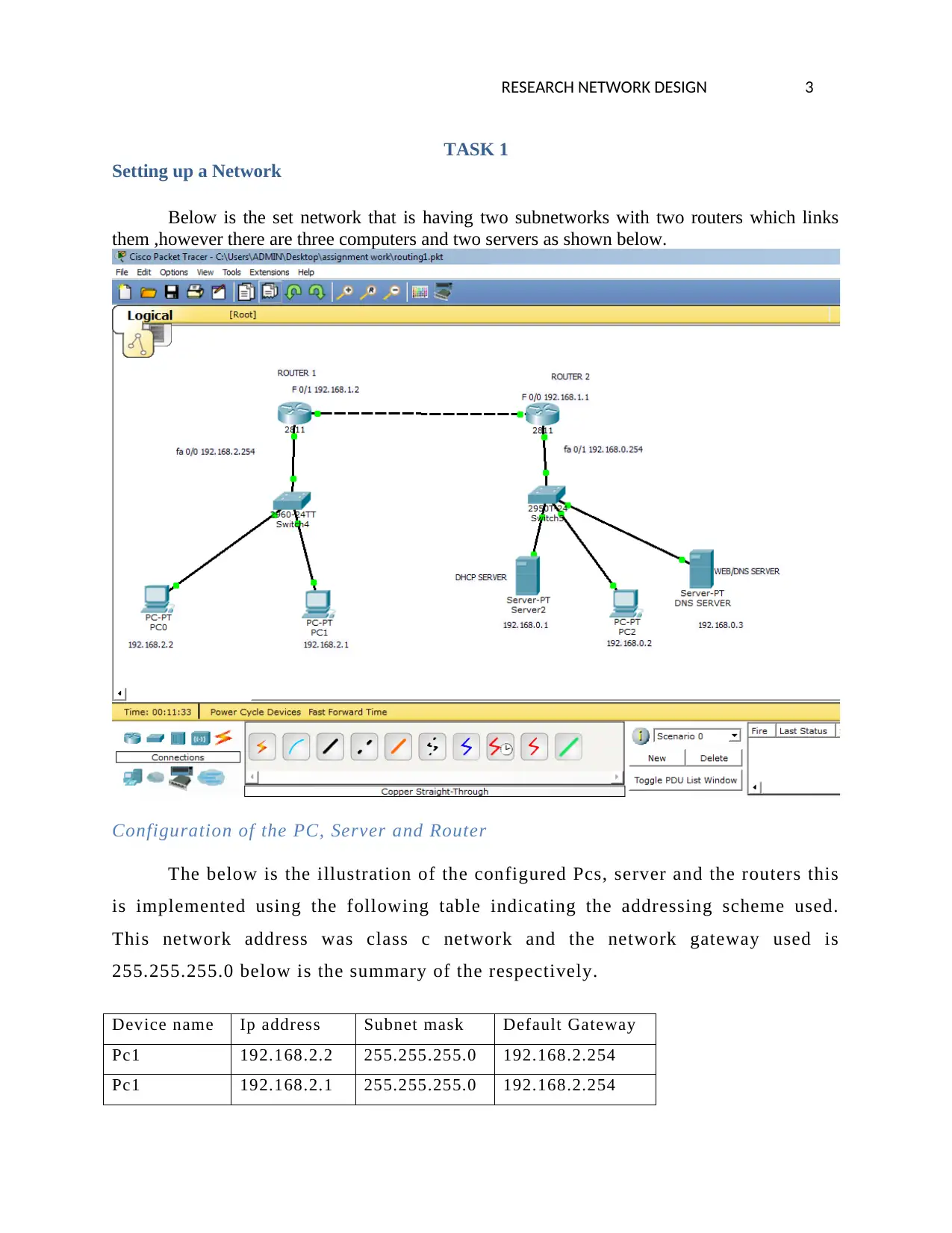

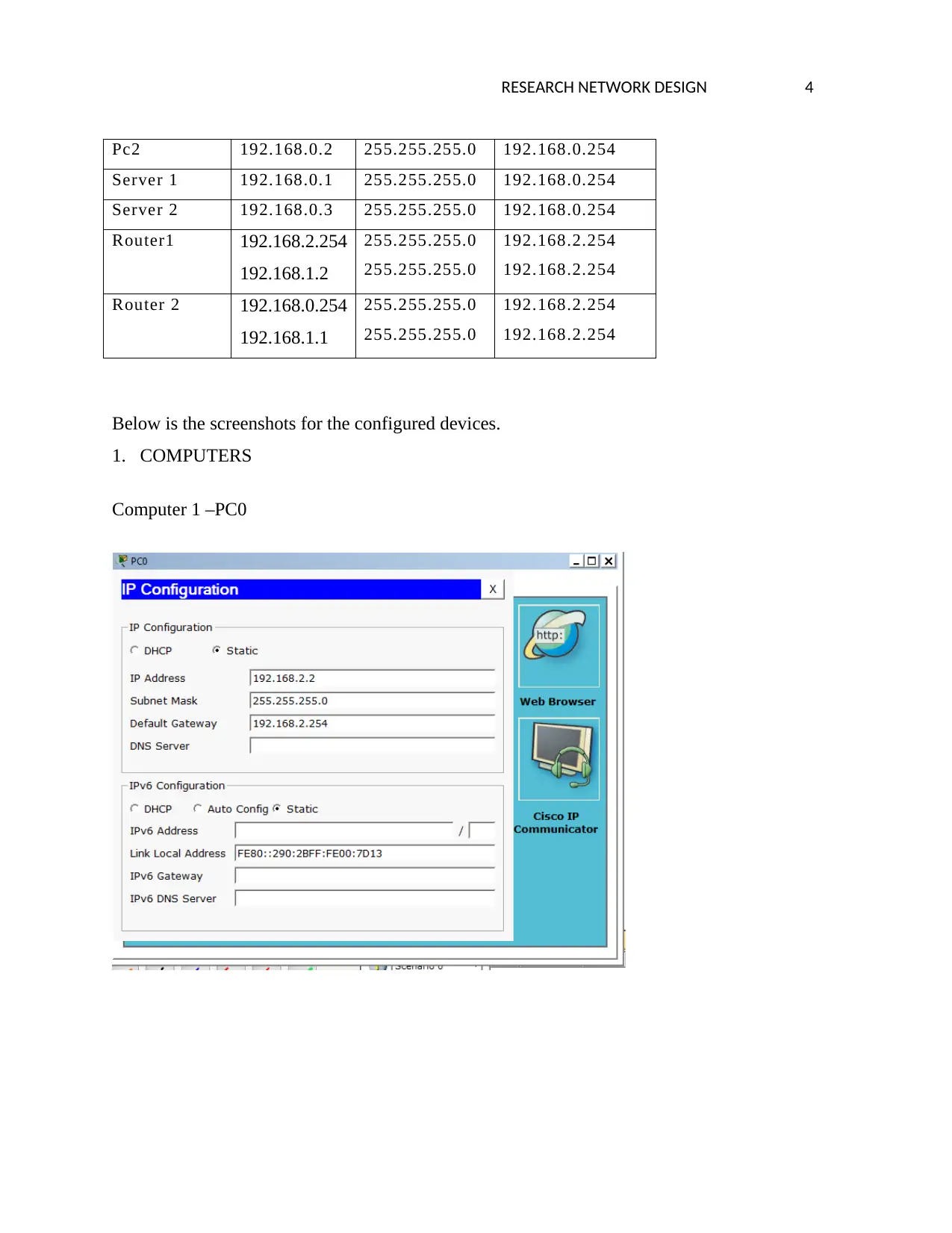
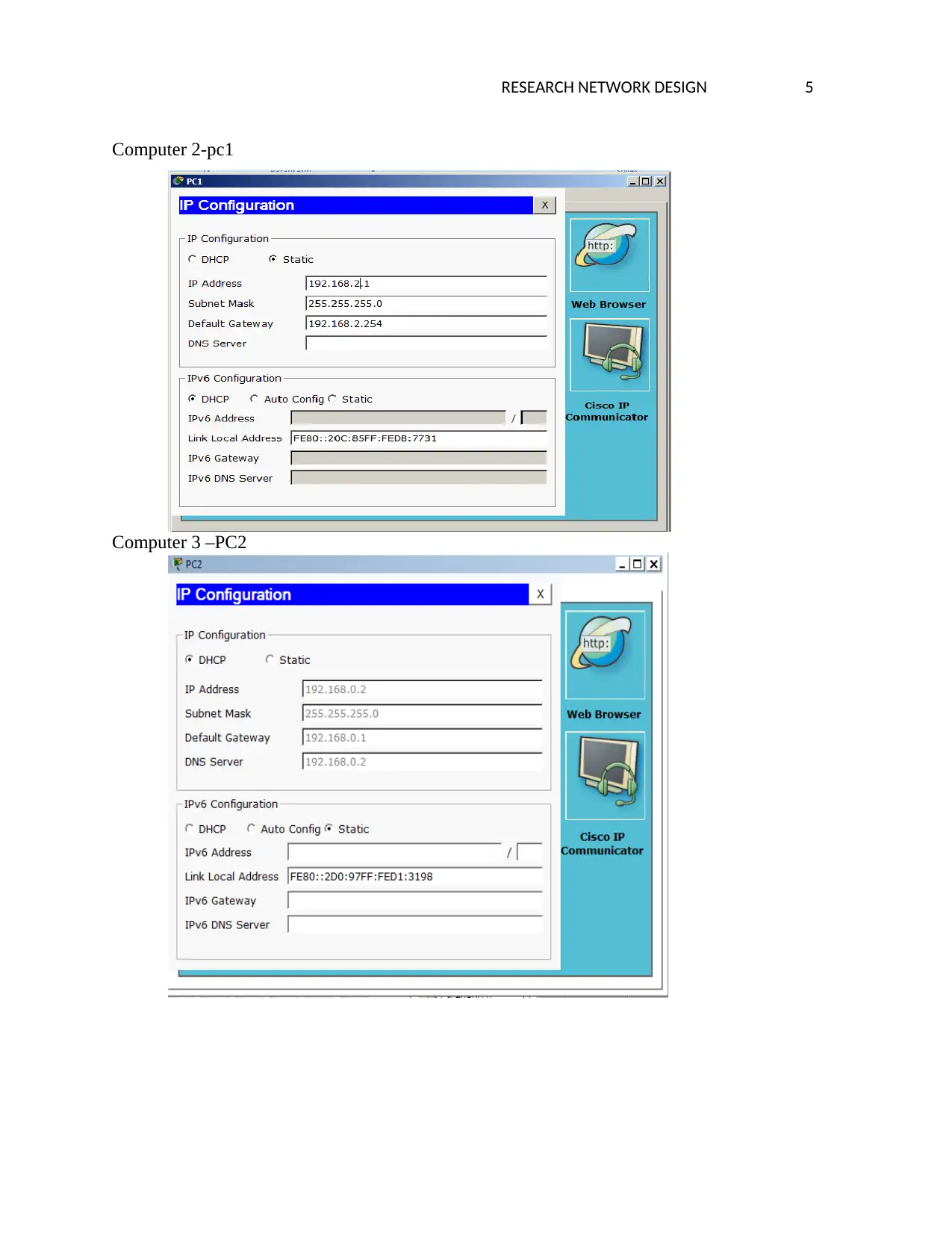
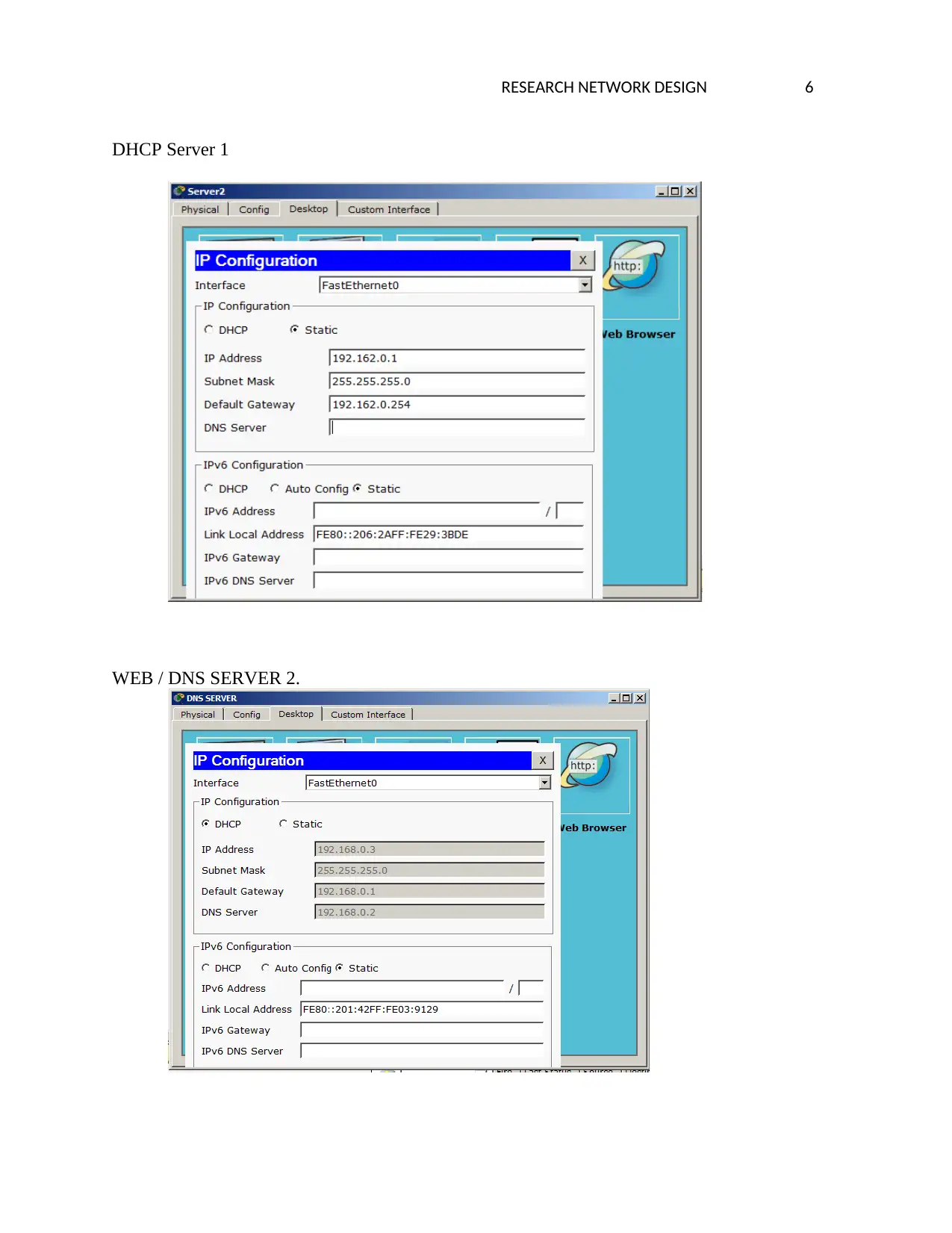
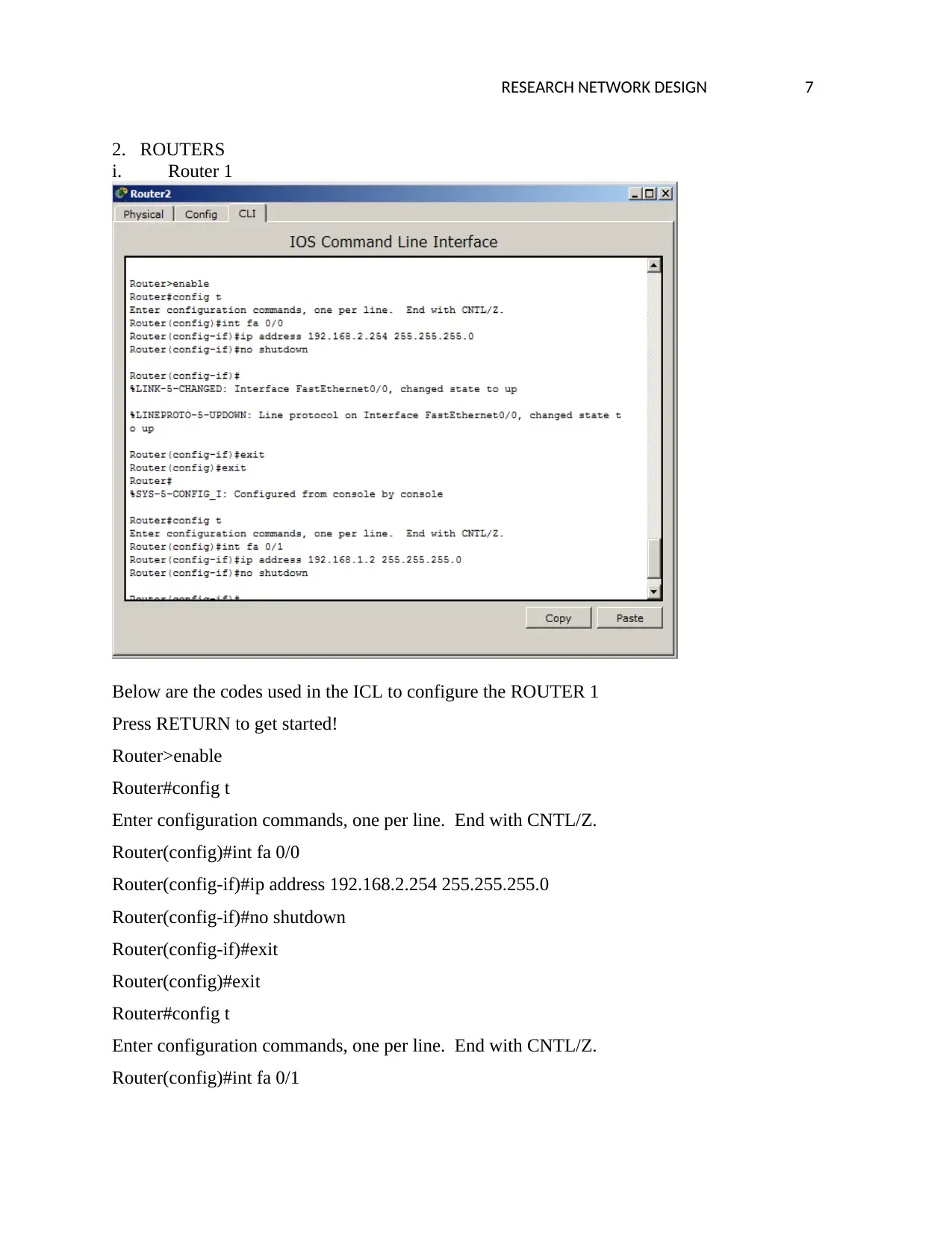
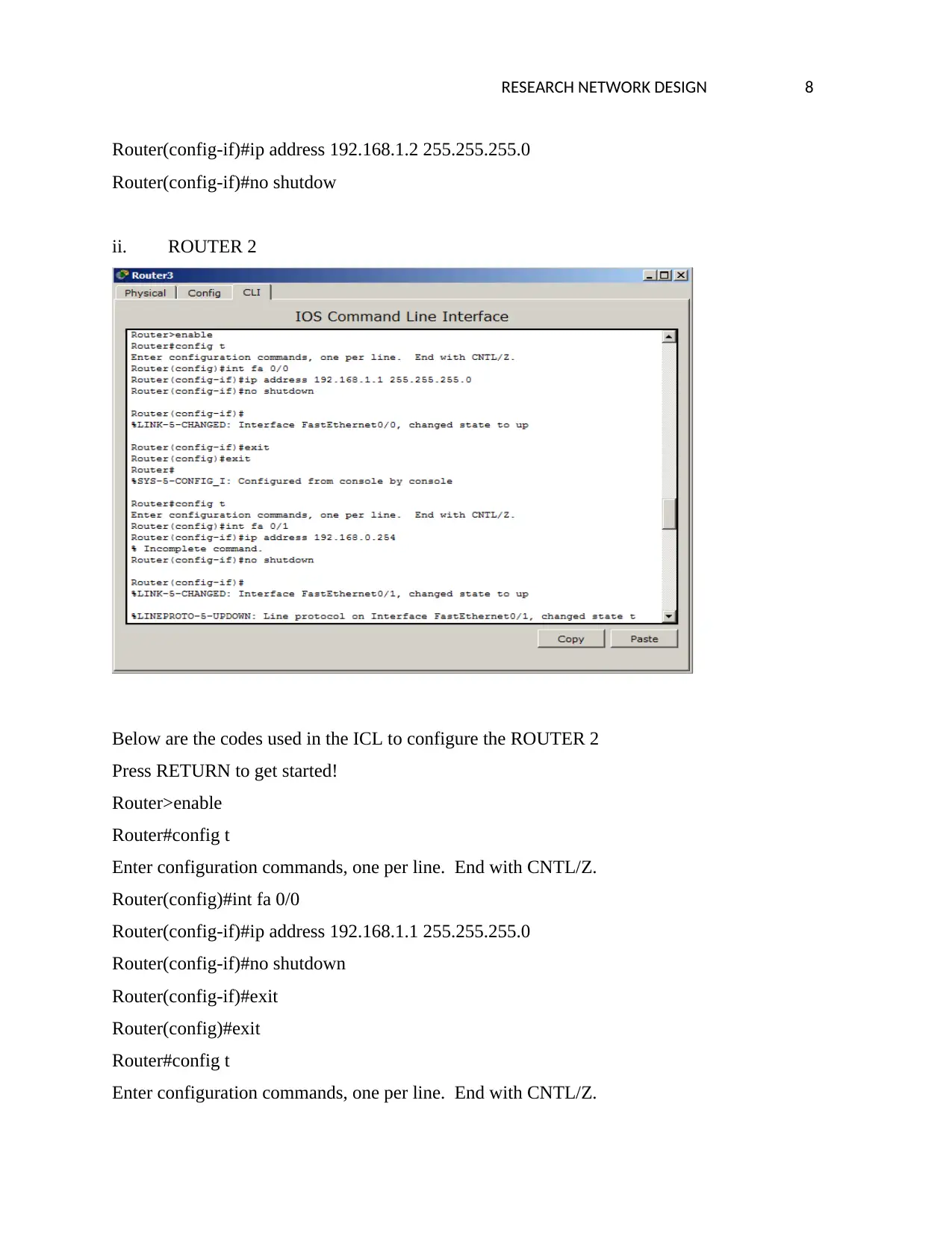
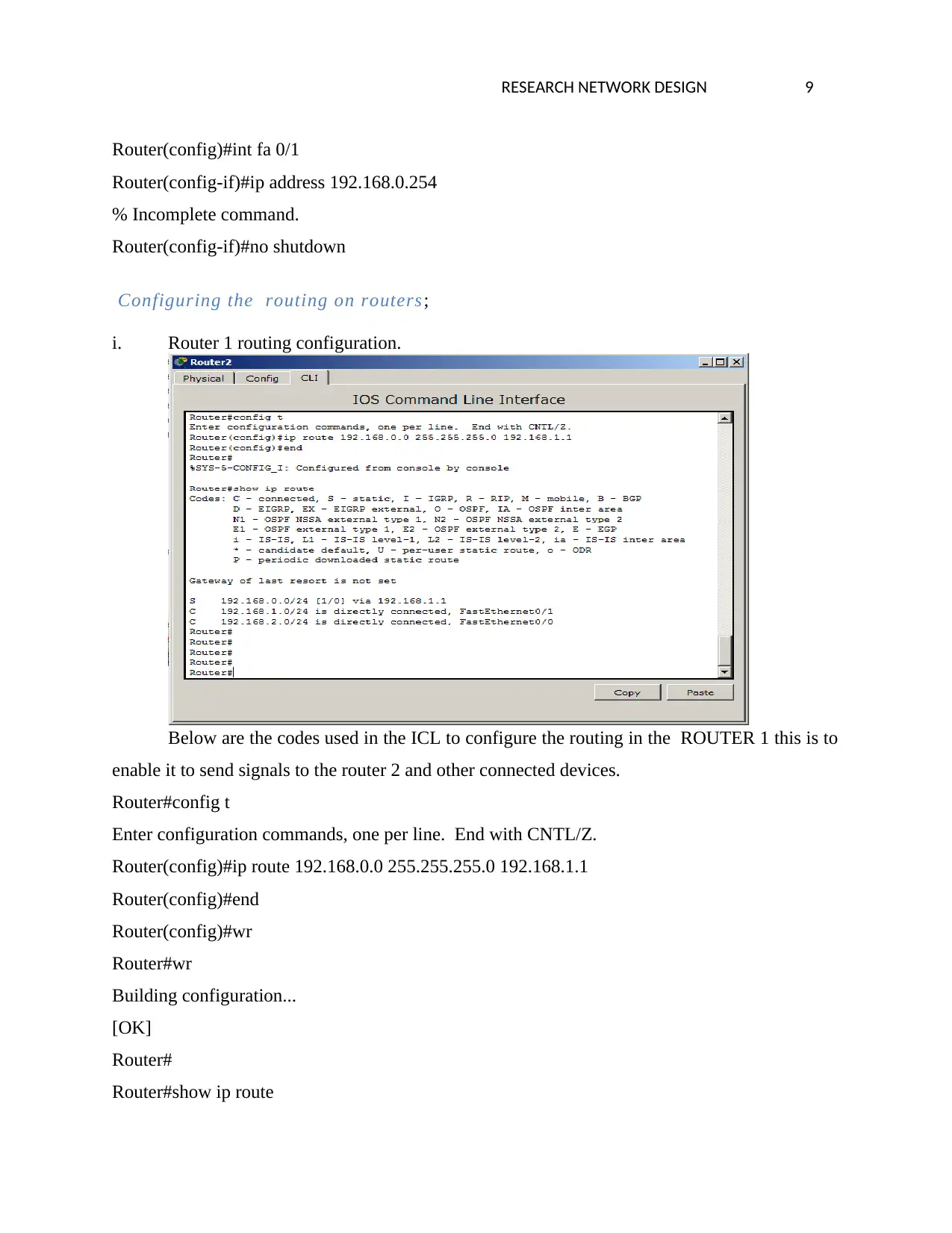

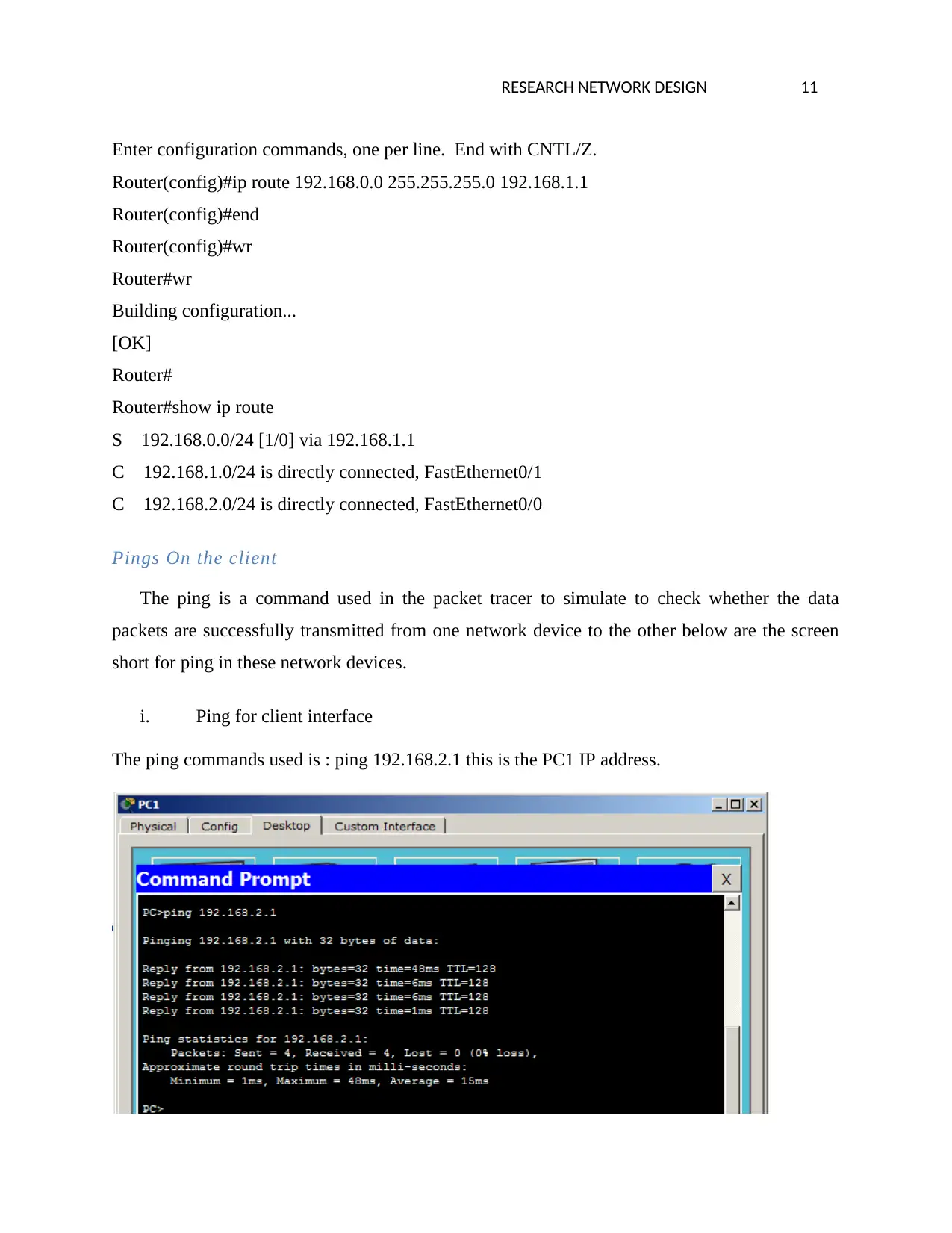
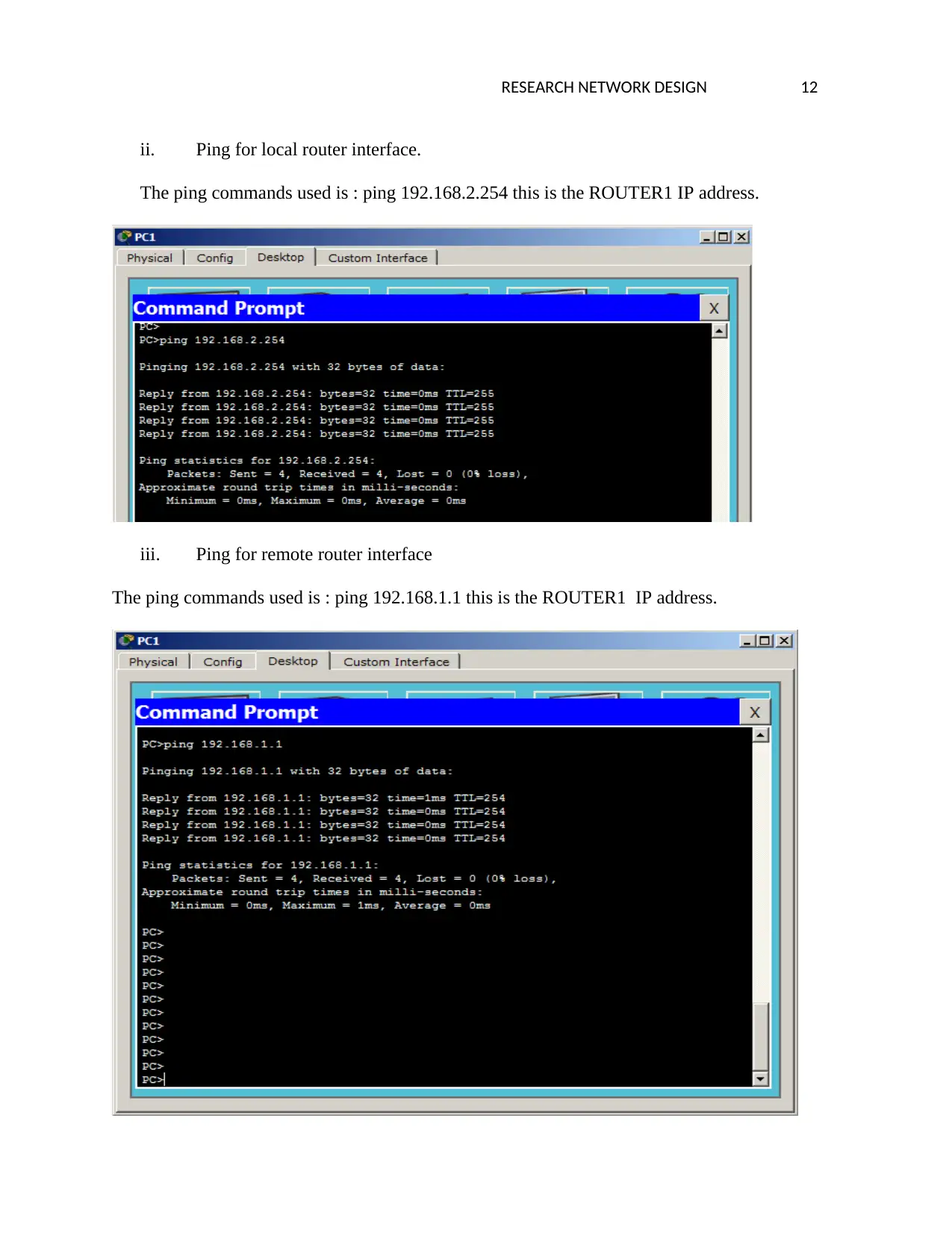






![[object Object]](/_next/static/media/star-bottom.7253800d.svg)